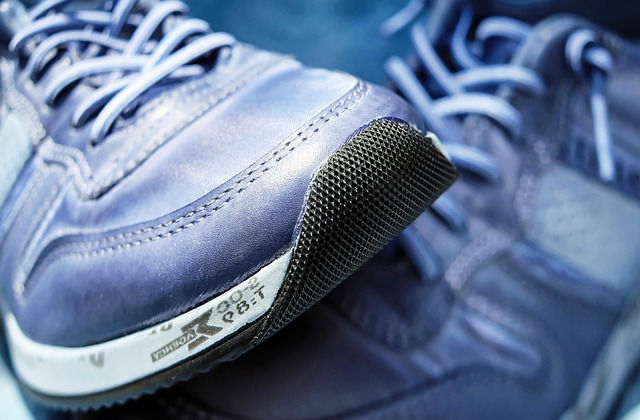Sneakers: Practical Guide to Fit, Support, and Everyday Use
Choosing the right pair of sneakers affects comfort, posture, and how long the shoes last. This article explains the features to watch for—fit, cushioning, arch support, materials, and intended use—so you can select footwear that suits daily routines and specific needs. The guidance is aimed at general readers and focuses on practical, evidence-aligned considerations rather than brand promotion. This article is for informational purposes only and should not be considered medical advice. Please consult a qualified healthcare professional for personalized guidance and treatment.

What makes good arch support in sneakers?
Arch support refers to how the shoe supports the natural curve of the foot. Good arch support helps distribute pressure across the sole, which can reduce fatigue and limit strain on the plantar fascia. Look for a midsole with targeted contouring, removable insoles that allow orthotics, and a stability feature in the heel if you overpronate. Materials matter: firmer foams or thermoplastic supports maintain shape longer, while softer foams provide immediate comfort but may compress over time.
How to choose sneakers for everyday wear?
For everyday wear, prioritize a balanced mix of cushioning, breathability, and durability. A moderate amount of cushioning absorbs shock from walking on hard surfaces without feeling overly soft. Mesh uppers or engineered knit improve airflow for seasonal comfort. Consider the tread pattern and rubber thickness for traction and wear resistance. If your daily routine includes a lot of standing or walking, choose a design with reasonable arch support and a slightly wider toe box for natural toe splay.
How do sneakers differ from other shoes?
Sneakers typically emphasize flexibility, cushioning, and casual styling compared with dress shoes or rigid work footwear. Shoes designed for formal occasions often use stiffer soles and less cushioning, prioritizing appearance over prolonged comfort. Athletic footwear targets sport-specific needs—running shoes focus on forward motion cushioning, while court shoes favor lateral support. Sneakers are a broad category that can bridge casual and functional roles; understanding a specific pair’s intended use helps match it to your activities.
How to evaluate materials and construction in footwear?
Examine the upper, midsole, and outsole when assessing construction. Uppers can be leather, synthetics, or knit fabrics—each balances breathability, support, and maintenance differently. The midsole material (EVA, PU, or proprietary foams) largely determines cushioning and energy return. Outsoles made from carbon rubber or blown rubber affect grip and longevity. Check stitching and how the upper is attached to the sole (cemented vs. welted) to gauge durability. Better construction pays off if you expect frequent everyday wear.
Caring for and fitting sneakers for long-term comfort
Proper fit and care extend the functional life of sneakers. Fit shoes with socks you usually wear, ensuring about a thumb’s width of space at the toe and no pinching across the midfoot. Replace insoles if they compress or smell; many shoes accept aftermarket orthotics to improve arch support. Rotate pairs to let cushioning recover between uses and clean uppers according to material-specific guidance to prevent accelerated wear. Regularly inspect soles: uneven wear patterns can indicate gait issues that may benefit from a professional fitting or gait analysis.
Conclusion
Selecting sneakers involves balancing comfort, support, and durability against how and where you plan to use them. Paying attention to arch support, materials, and fit helps ensure your shoes serve everyday wear needs without compromising foot comfort. Thoughtful care—such as rotating pairs and replacing insoles—also contributes to longer, more comfortable use.






